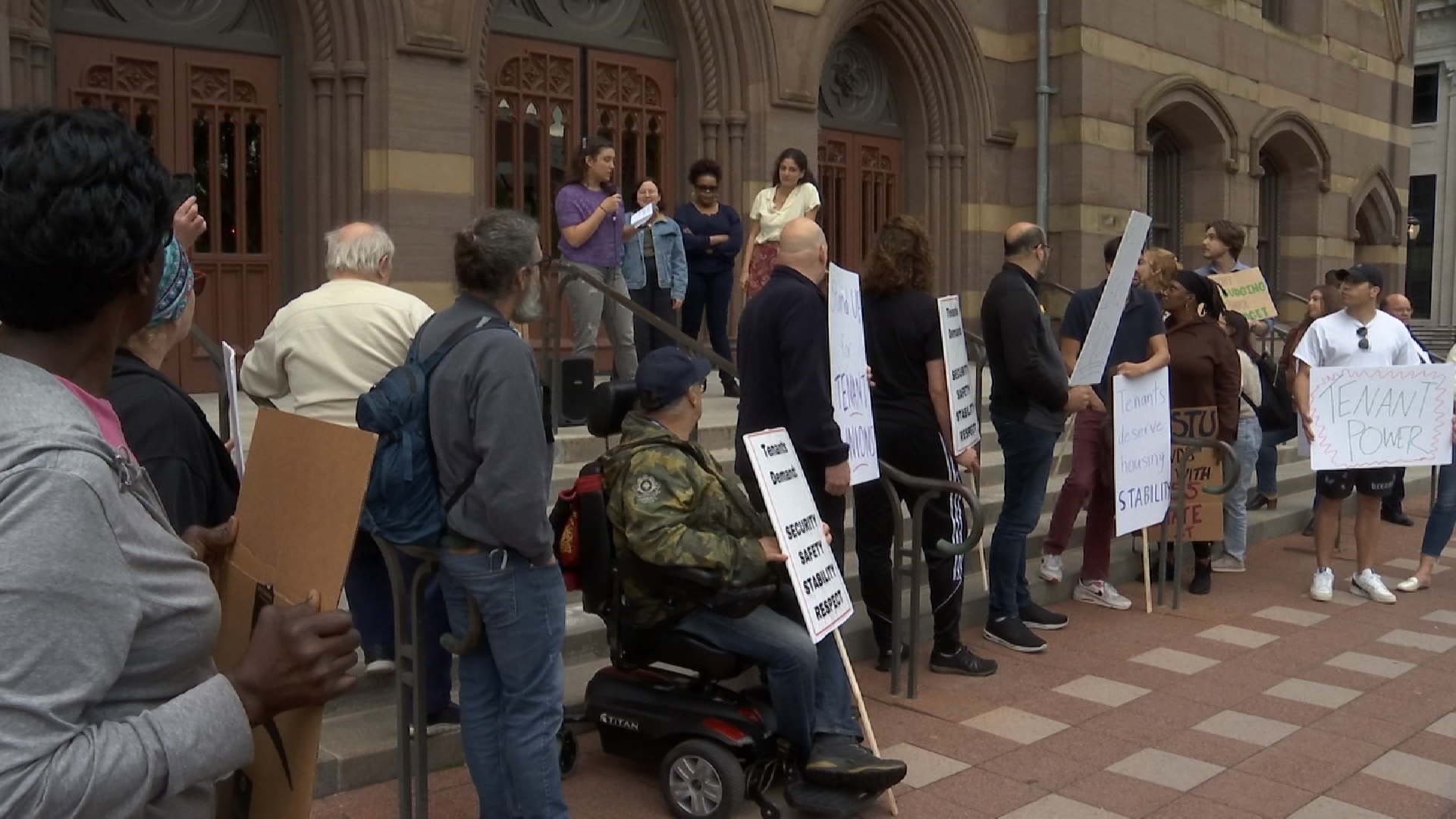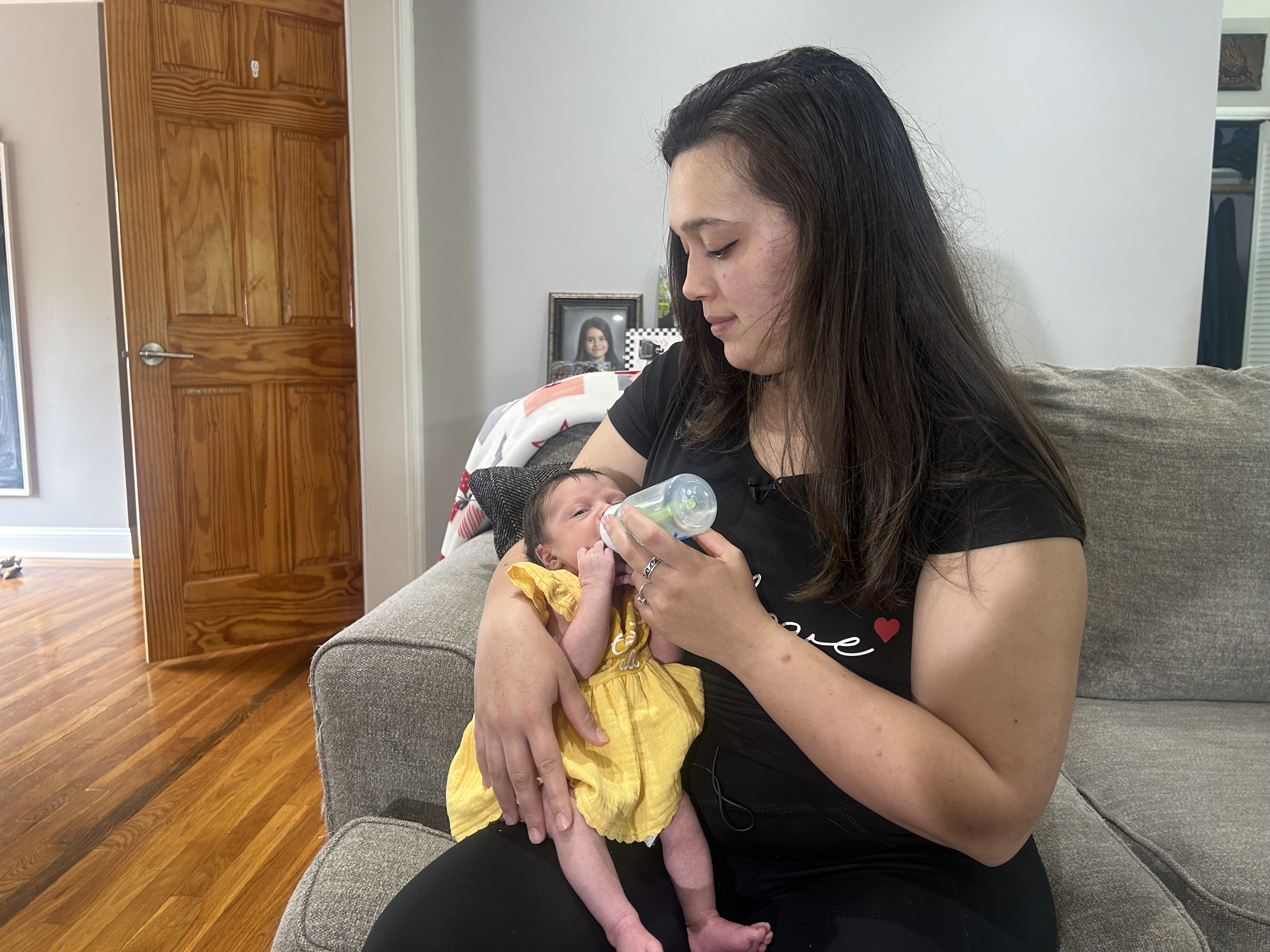In more than two dozen high schools throughout the state, students with disabilities and students of color made up nearly half of the referrals to police for in-school behavior.
We have 2018 data analyzed by the Center for Public Integrity.
“The data shows that children of color and children with special needs are the ones being hit the most and it shouldn’t be that way,” Sen. Doug McCrory says.
McCrory is the co-chair of the legislature’s Education Committee.
Get Connecticut local news, weather forecasts and entertainment stories to your inbox. Sign up for NBC Connecticut newsletters.
“I’ve been in the school system and I’ve been a principal and I’m not even that surprised that a lot of them are special needs students,” McCrory says.
The Center for Public Integrity analyzed U.S. Department of Education data from all 50 states and found that school policing disproportionately affects students with disabilities and students of color.
“I’m not surprised by the data but it is glaring to see it in black and white like that,” Child Advocate Sarah Eagan says.
Local
Eagan says the legislature hasn’t really contemplated this type of data collection.
“The data is really glaring in that it is Black and brown children with disabilities, not just kids with disabilities,” Eagan says.
In Connecticut, New Britain High School tops the list with the highest number of students referred by schools to police. It referred 81 students that year. Thirty-nine of the referrals were students with disabilities, 62 of them were Hispanic, six were white and five were Black.
South Windsor High School had the second-highest number of student referrals to police at 68. Of the 68 referrals, 33 were white students, six were Hispanic,13 were Black and 36 had disabilities.
Danbury High School had the third-highest number of student referrals to police but only about a third had disabilities and more than half were students of color.
None of the school districts returned calls for comment.
“A lot of this stuff should be handled by a school administration and honestly I feel like they abdicated their duty and just washed their hands of it," McCrory says.
What happens when a student is arrested?
“Kids as young as seven or eight years old can end up in handcuffs and that can be incredibly traumatic,” Deborah Dorfman, executive director of Disability Rights Connecticut, says.
She says it’s important to have school-based mental health services.
“Schools and school districts throughout the United States push out kids with disabilities, especially kids with disabilities who are Black and brown,” Dorfman says.



